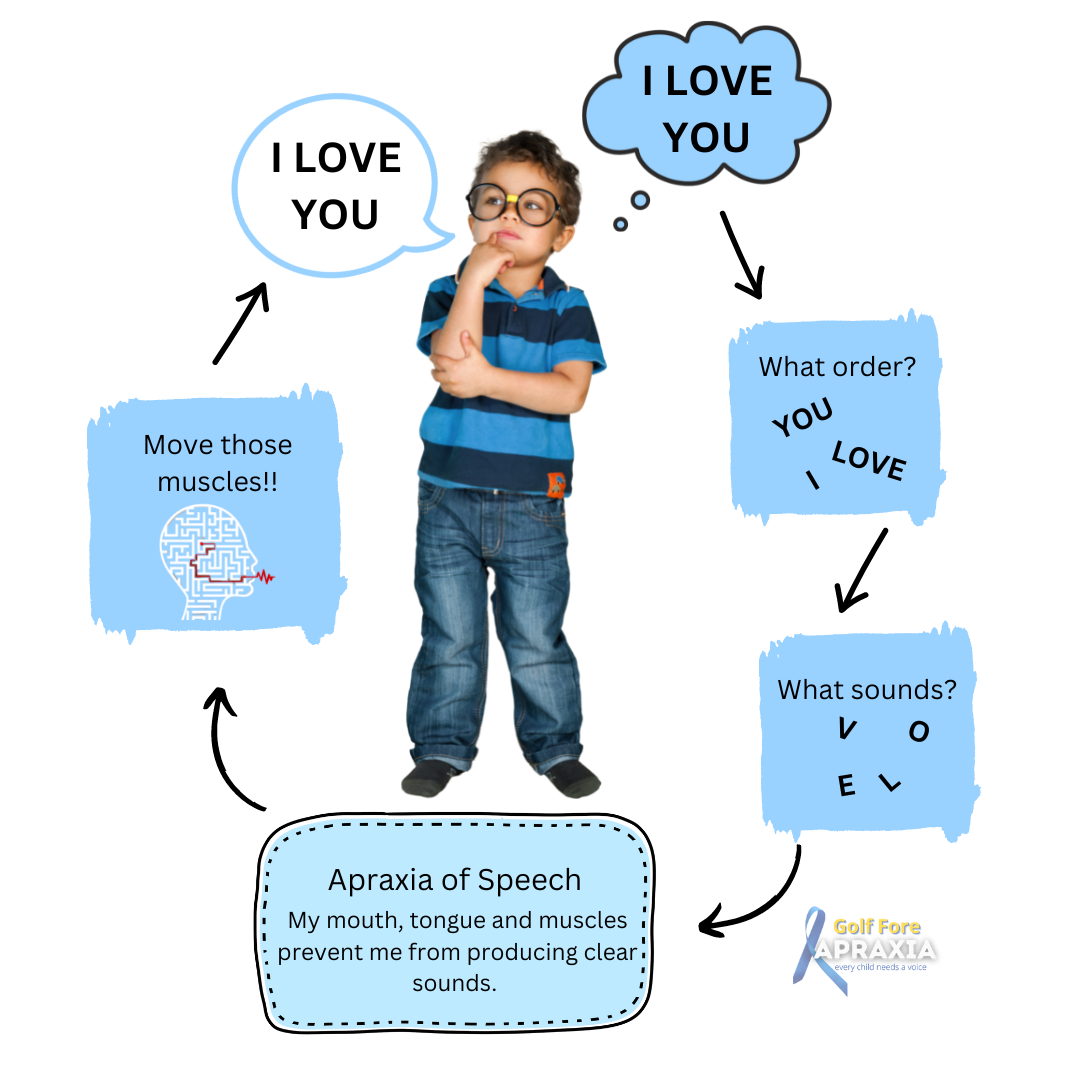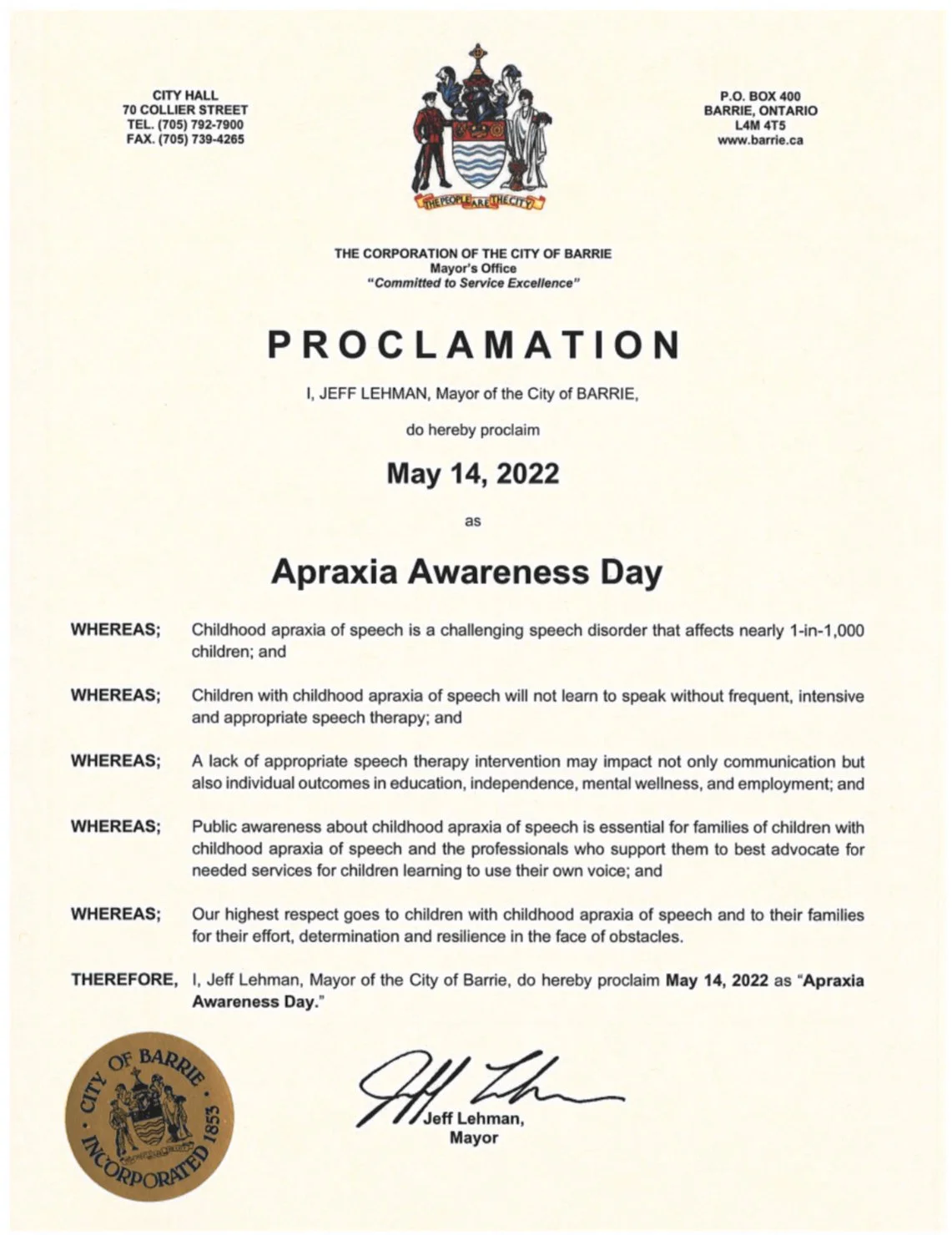
What is Childhood Apraxia of Speech (CAS)
In CAS, the brain struggles to develop plans for speech movement. With this disorder, the speech muscles aren't weak, but they don't perform normally because the brain has difficulty directing or coordinating the movements.
To speak correctly, your child's brain has to learn how to make plans that tell his or her speech muscles how to move the lips, jaw and tongue in ways that result in accurate sounds and words spoken with normal speed and rhythm.
CAS is often treated with speech therapy, in which children practice the correct way to say words, syllables and phrases with the help of a speech-language pathologist.
Definition & Descriptions of CAS
Apraxia in Numbers
CAS was estimated to occur in 1 to 2 children per 1,000 (0.1%–0.2%; Shriberg et al., 1997)
It was estimated to be higher in male children than in female children with a 2–3:1 ratio (Hall, Jordan, & Robin, 1993; Lewis et al., 2004).
Children with CAS were reported to have a higher likelihood of concomitant language, reading, and/or spelling disorders (Lewis et al., 2004; Lewis & Ekelman, 2007).
Speech Therapy—focus on CAS as a language learning disorder; these approaches teach children how to make speech sounds and the rules for when speech sounds and sound sequences are used in a language.
Motor programming approaches—use motor learning principles, including the need for many repetitions of speech movements to help the child acquire skills to accurately, consistently, and automatically make sounds and sequences of sounds.
Augmentative and Alternative Communication (AAC)—when there are concerns that oral communication is not adequate, AAC may also be used to provide functional communication while at the same time supporting and enhancing verbal speech production (Bornman, Alant, & Meiring, 2001; Cumley & Swanson, 1999; Yorkston, Beukelman, Strand, & Hakel, 2010). In addition to increasing communication success, AAC approaches may stimulate the development of language skills that cannot be practiced orally (Cumley & Swanson, 1999; Murray, McCabe, & Ballard, 2014).
Treatment
We are spreading the word one step at a time.
























